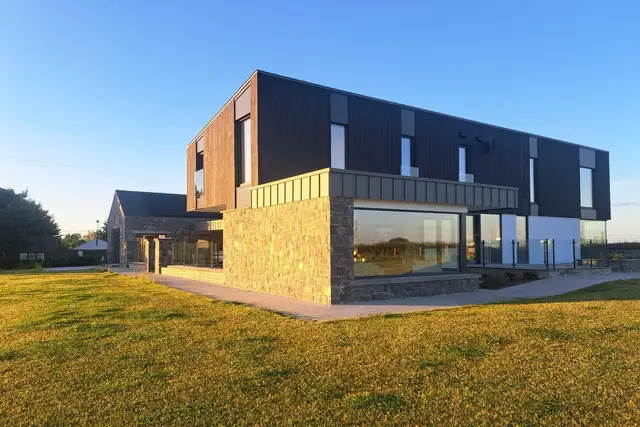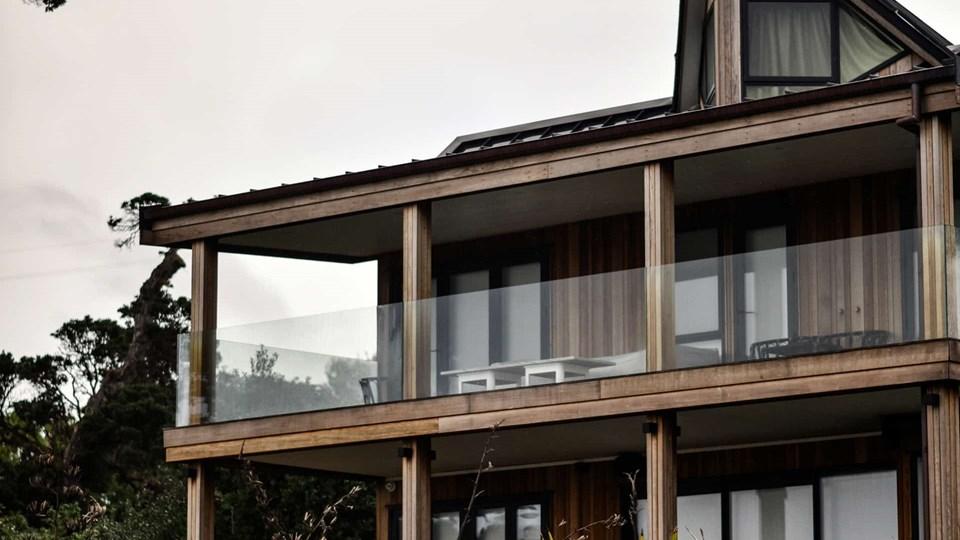Building a passive house that can withstand various climatic conditions is a challenge that many architects and homeowners face. The concept of a passive house is to create a comfortable and energy-efficient living environment that can adapt to different climates. This guide will delve into the intricacies of constructing such a house and the considerations needed for different climates.
Before we delve into the details, it is crucial to understand the concept of a passive house. A passive house is designed to be extremely energy efficient, reducing its ecological footprint. It makes optimal use of the sun, internal heat sources, and heat recovery, rendering conventional heating systems unnecessary throughout even the coldest of winters. To learn more about passive houses, you can visit this comprehensive guide.
Designing a Passive House for Cold Climates
In colder climates, the design of a passive house should focus on maximizing heat gain and minimizing heat loss. This can be achieved through proper insulation, airtight construction, and efficient heat recovery ventilation systems. You can learn more about these techniques in our article on mechanical ventilation with heat recovery.
Designing a Passive House for Warm Climates
In warmer climates, the focus shifts to minimizing heat gain and maximizing heat dissipation. This is achieved through strategies such as shading, natural ventilation, and the use of materials with high thermal mass. You can read more about these techniques in our article on passive cooling techniques.
Regardless of the climate, a passive house can provide a comfortable and energy-efficient living environment. However, it requires careful planning and design to achieve this. If you’re considering building a passive house, you might want to adapt solar power setup and adapt to every climate for optimal performance.
By Elan James, Published on 2025-11-08






